What is a comma? If you are learning British English, you may have noted that the comma usage varies from American English. Let’s take a look at what they are, how to use them, and the differences between similar punctuation.
Grammar can be a tricky thing. Each language has its own specific rules. But, those differences are part of what makes language and writing so rich and enjoyable.
What is a comma?
At the end of a sentence, you will find a full stop. This is an indication that the sentence is over. However, a comma will indicate that you should take a smaller break. And, might also be referred to as a soft pause. It can separate ideas within a sentence, clauses, and words.
There are a few rules about how to use a comma and a few factors that can help you choose if you should use one or not.
When to use them
Some parts of grammar are easy to understand. For example when you should use a capital letter, and when you should use a full stop.
Here are some key places you should or should not be using a comma.
Comma After Introductory Phrase
When you are introducing a sentence, you will most often use a comma. Here is an example:
When the show is over, Richard will come home.
Clutching her keys, Rachel ran out of the building.
If the phrase is longer than four words, most often, there should be a comma. If you want to pause for effect, you can also add a comma.
Before drinking the group said cheers! – Incorrect
Before drinking, the group said cheers! – Correct
As you can see, the lack of a comma here makes a significant impact on what is happening.
Using them with Subjects and Verbs
A comma should not separate a subject and its verb. There are some exceptions to this rule.
My best friend George, has ginger hair. – Incorrect
My best friend George has ginger hair. – Correct
When speaking these sentences, you would most likely pause for impact. When writing, there shouldn’t be a comma used.
The longer the sentence, the more complex this can get.
Driving through the rain, wind, snow, and darkness, is a horrible experience. - Incorrect
Driving through the rain, wind, snow, and darkness is a horrible experience. – Correct
The extra comma doesn’t add anything and makes the sentence clunky.
Comma Splices
A comma cannot be used to join independent clauses. A semicolon or conjunction should be used.
Coordinating Conjunctions: And, but, for, nor, or, so, and yet.
Subordinating Conjunctions: although, now that, in case, only if, by the time
Correlative Conjunctions: either/or, not only/but, whether/or
There are more conjunctions to learn.
Here are comma slice examples:
We didn’t have any milk, I went to the shop. – Incorrect
We didn’t have any milk; I went to the shop. – Correct
We didn’t have any milk. I went to the shop. – Correct
We didn’t have any milk, so I went to the shop. – Correct
The first sentence is called a comma splice. This is a comma mistake as it isn’t strong enough to join the sentence.
The second sentence includes a semicolon.
The third sentence has two independent clauses as separate sentences.
The fourth, and final sentence, used the conjunction ‘so’.
Comma Between Two Nouns in a Compound Subject or Object
You do not need a comma when you are listing two items. Nor do you need a comma when two nouns are together as a compound subject.
Compound Subject: A compound subject is two or more simple subjects that are joined by a coordinating conjunction.
Simple Subjects: Noun or pronoun that the sentence or clause is about.
Daryl, and his teammates will be going to Derby on Wednesday. – Incorrect
Daryl and his teammates will be going to Derby on Wednesday. – Correct
The first sentence has misused a comma to separate the two nouns.
The second sentence uses no comma, as it is not required.
Comma Before But
If you are joining two independent clauses, use a comma before the word but.
John loves pizza but he loves ice-cream too. – Incorrect
John loves pizza, but he loves ice-cream too. – Correct
Where the but is not joining two independent clauses, do not use a comma.
The toilet paper is soft, but strong. – Incorrect
The toilet paper is soft but strong. – Correct
The comma is a useful and multifunctional part of English grammar, it can help the flow of a piece of text and provide a small break for the reader. Read more of our blogs here.











